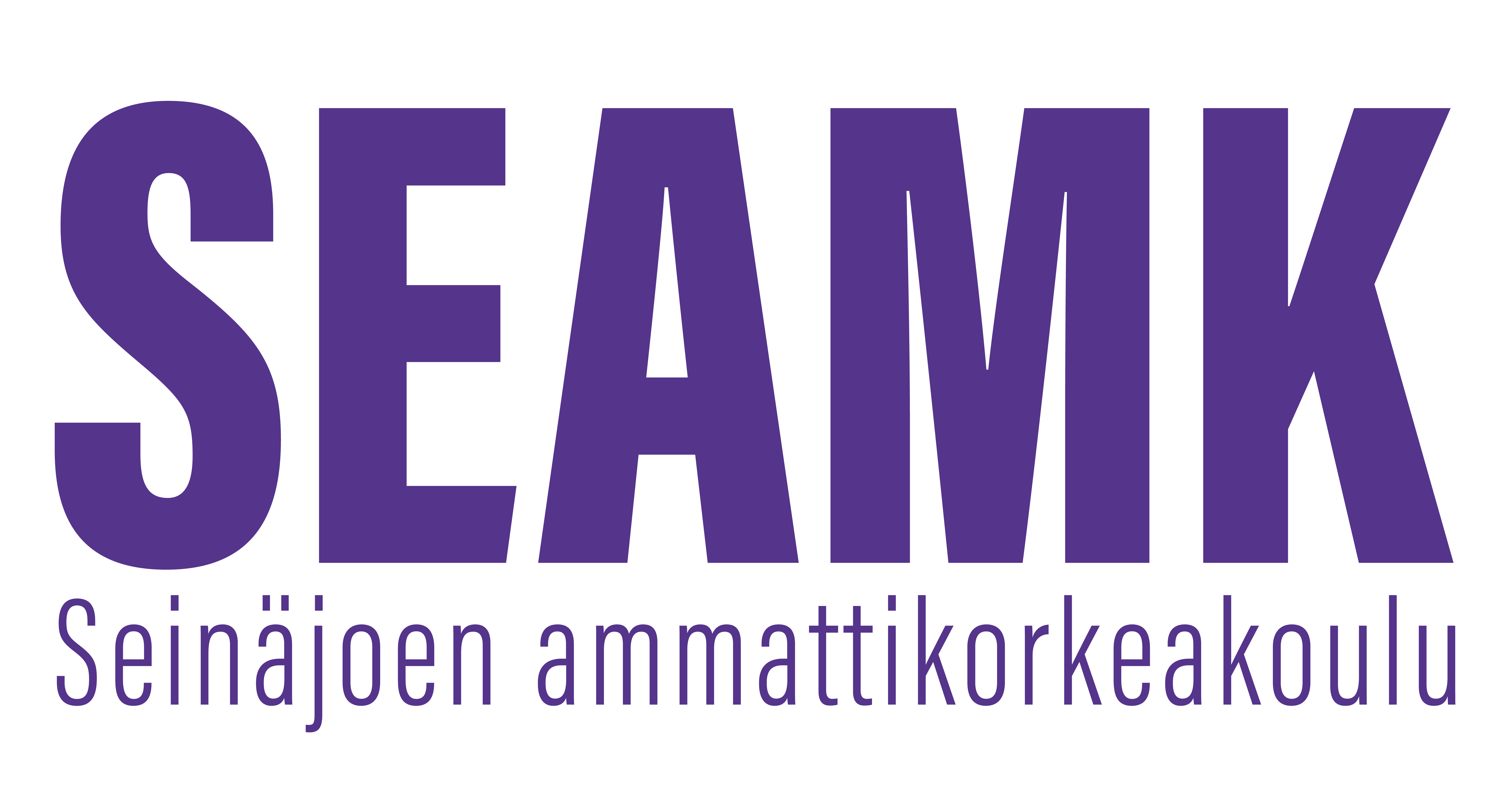Robotiikka (4op)
Toteutuksen tunnus: 8A00CK76-3004
Toteutuksen perustiedot
- Ilmoittautumisaika
- 22.04.2024 - 09.10.2024
- Ilmoittautuminen toteutukselle on päättynyt.
- Ajoitus
- 21.10.2024 - 18.12.2024
- Toteutus on päättynyt.
- Opintopistemäärä
- 4 op
- Lähiosuus
- 4 op
- Toteutustapa
- Lähiopetus
- Yksikkö
- SeAMK Automaatio- ja tietotekniikka
- Toimipiste
- SeAMK Seinäjoki, Frami
- Opetuskielet
- suomi
- englanti
- Koulutus
- Insinööri (AMK), Automaatiotekniikka
- Opettajat
- Jarkko Pakkanen
- Ryhmät
-
AUTE22KAInsinööri (AMK), Automaatiotekniikka, Päivätoteutus
- Opintojakso
- 8A00CK76
Arviointiasteikko
1-5
Tavoitteet
Opintojakson suoritettuaan opiskelija tuntee eri robottityypit. Hän pystyy tarkastelemaan robottia ja robotin käyttöä sekä tehdasautomaatiossa sekä muilla robotiikan sovellusalueilla. Tuntee teollisuusrobotin rakenteen, ominaisuudet, koordinaatistot, roboteissa käytettävät lisälaitteet. Oppii käsittelemään sekä ohjelmoimaan perinteisten teollisuusrobottien lisäksi yhteistyö- ja mobiilirobotteja On- ja Off-line ohjelmointitavoilla. Antaa perusvalmiudet suunnitella ja valita teollisuusrobotin lisävarusteineen tuotteiden automaatiokäsittelyyn.
Sisältö
Robottityypit, teollisuusrobotin mekaaninen rakenne, ohjausjärjestelmät, ominaisuudet, koordinaatistot sekä robottien lisävarusteet. ABB-, Fanuc-, Yaskawa teollisuusrobottien On- ja Offline-ohjelmointi eri teollisuuden sovelluksissa. Yhteistyörobottien ominaisuudet ja Universal Robots –yhteistyörobottien ohjelmointi. Mobiilirobotiikan sovellukset sekä
ohjelmointi Omron-mobiilirobotilla. Anturitekniikan ja tekoälyn soveltaminen robotiikassa. Konenäön soveltaminen robotiikassa.
Oppimateriaalit
Luennoitsijan luentomateriaalit, luentojen esimerkit, harjoitustyöt sekä maahantuojien tuote- ja ohjelmointimanuaalit. Kirja: Teollisuuden robotiikka.: Suomen Robotiikkayhdistys ry, 2023.
Opetusmenetelmät
Teorialuentoja, ohjelmointiharjoituksia simulointiympäristössä, laboratorioharjoituksia ABB, Fanuc, Yaskawa, Omron (mobiili) ja Universal roboteilla.
Opiskelijan ajankäyttö ja kuormitus
Opintojakso käsittää n. 100 tuntia opiskelua, joista 20 tuntia sisältää luokkaopetusta ja 20 tuntia laboratorioharjoituksia.
Arviointikriteerit, tyydyttävä (1)
Arvosana 1. Opiskelija hallitsee osaamistavoitteet tyydyttävästi. Opiskelija tuntee teollisuusrobotin rakenteen, ominaisuudet, koordinaatistot, roboteissa käytettävät lisälaitteet. Lisäksi hän osaa käyttää robotilla valmiita ohjelmia.
Arviointikriteerit, hyvä (3)
Arvosana 3. Opiskelija hallitsee osaamistavoitteet hyvin. Opiskelija tuntee teollisuusrobotin rakenteen, ominaisuudet, koordinaatistot, roboteissa käytettävät lisälaitteet. Lisäksi hän osaa käyttää robotilla valmiita ohjelmia. Opiskelija osaa tehdä teollisuusrobotille ohjelman ja testata sen.
Arviointikriteerit, kiitettävä (5)
Arvosana 5. Opiskelija hallitsee osaamistavoitteet kiitettävä. Opiskelija tuntee teollisuusrobotin rakenteen, ominaisuudet, koordinaatistot, roboteissa käytettävät lisälaitteet. Lisäksi hän osaa käyttää robotilla valmiita ohjelmia. Opiskelija osaa tehdä teollisuusrobotille ohjelman ja testata sen. Opiskelija osaa soveltaa robotiin liitettäviä toimilaitteita ja osaa hyödyntää konenäköä.
Esitietovaatimukset
Edeltäviä opintoja ei tarvita.
